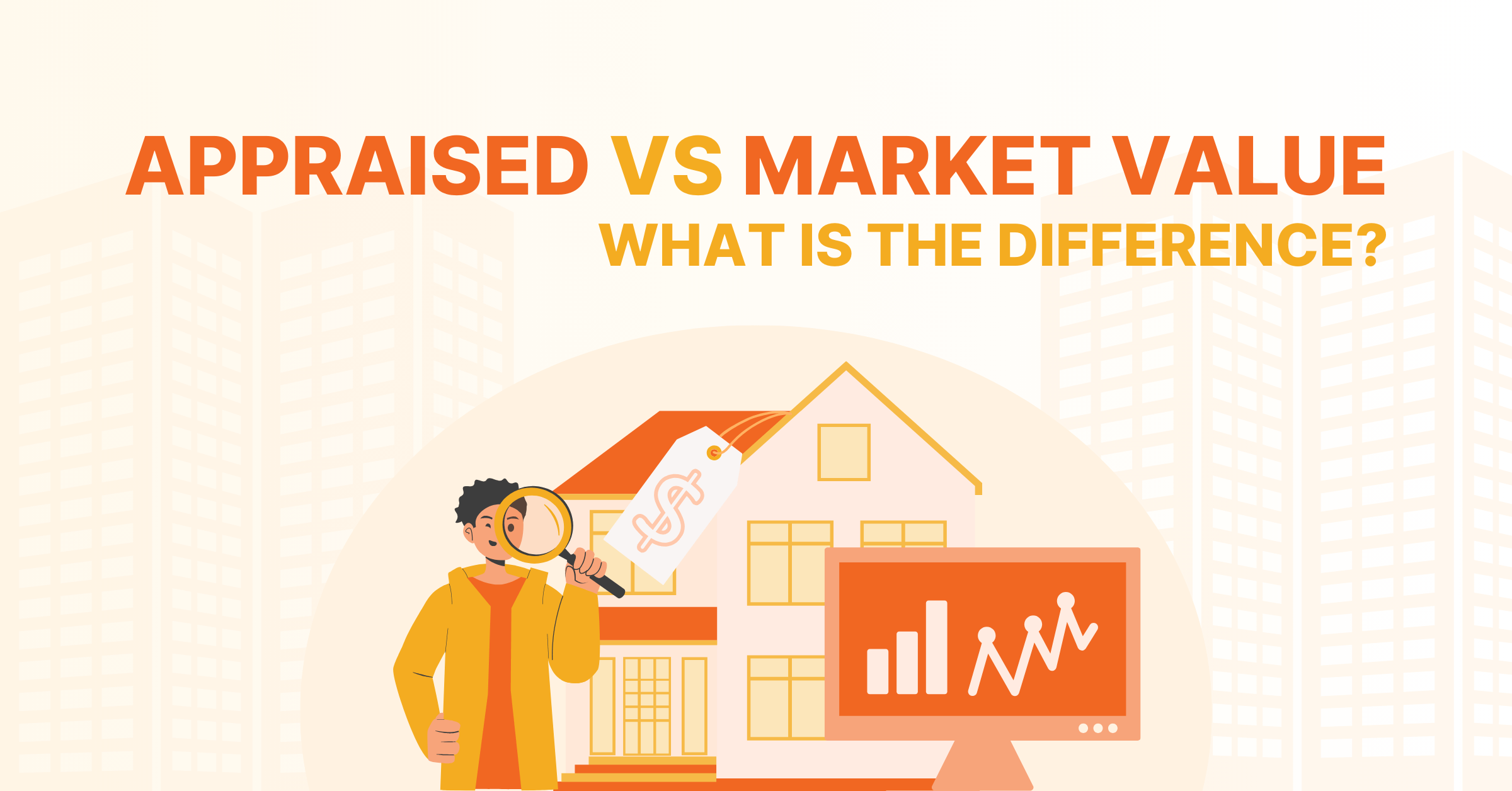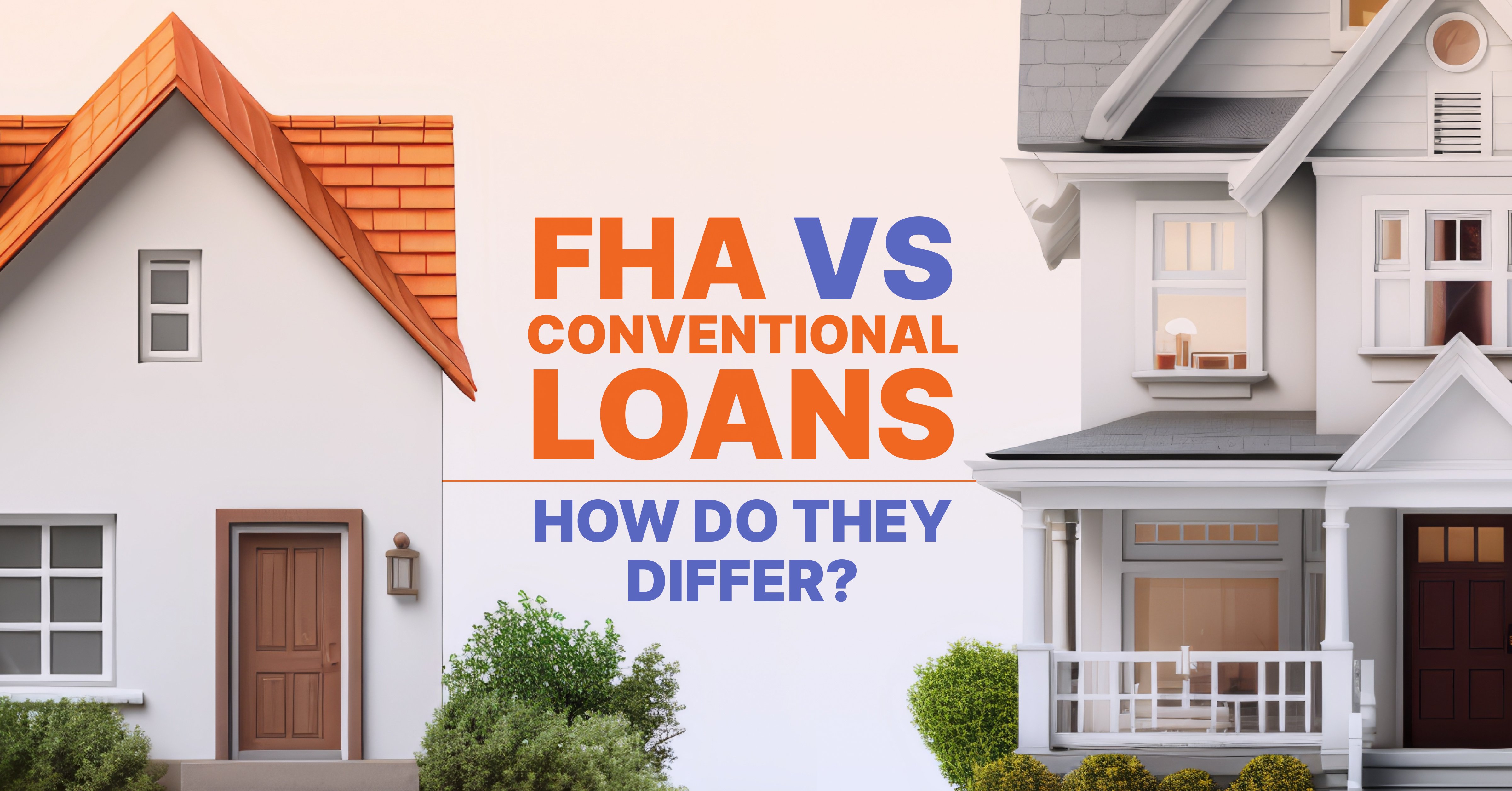Disclaimer: PropStream does not offer investing advice or make profit promises. This article is for educational purposes only. We recommend consulting financial professionals and/or doing your due diligence before taking out an FHA loan or investing in real estate.
Try PropStream for 7 Days Free!
|
Key Takeaways:
|
Getting an FHA loan can be a great way to get your foot in the door of real estate investing because it lets you buy a house with as little as 3.5% down. However, there are some caveats: You must live in the house for at least a year and pay mortgage insurance premiums (MIPs).
In this article, we’ll explain what mortgage insurance premiums are, how they impact real estate investors, what you can do to reduce or eliminate them, and more.
Mortgage Insurance Premium (MIP) Definition
A mortgage insurance premium (MIP) is a fee you pay as an FHA loan borrower to your lender to protect them if you default on the loan. It’s a requirement on all FHA loans to offset the increased risk that the lender—and the Federal Housing Administration (FHA), which backs the loan—takes on by requiring a relatively low down payment, credit score, and interest rate.
In other words, MIP is the price you pay for the favorable loan terms offered by FHA loans.
How Is MIP Calculated?
MIP is split into two parts: an upfront fee and an annual fee.
Upfront MIP
The upfront fee is 1.75% of the base loan amount. For example, if you get a $300,000 FHA loan, your upfront MIP would be $5,250 ($300,000 x 0.0175). Depending on the loan terms, this fee can be paid as a lump sum when the loan is issued or wrapped into the mortgage.
Annual MIP
The annual fee ranges from 0.15% to 0.75% of the outstanding loan balance based on the base loan amount, loan-to-value (LTV) ratio, and mortgage term. Here’s a detailed breakdown:
|
Base Loan Amount |
Loan-to-Value (LTV) Ratio |
Annual MIP (bps) |
Duration |
|
Less than or equal to $726,200 |
≤ 90.00% |
50 |
11 years |
|
> 90.00% but ≤ 95.00% |
50 |
Mortgage term |
|
|
> 95.00% |
55 |
Mortgage term |
|
|
Greater than $726,200 |
≤ 90.00% |
70 |
11 years |
|
> 90.00% but ≤ 95.00% |
70 |
Mortgage term |
|
|
> 95.00% |
75 |
Mortgage term |
Mortgage Term of Less Than or Equal to 15 Years
|
Base Loan Amount |
Loan-to-Value (LTV) Ratio |
Annual MIP (bps) |
Duration |
|
Less than or equal to $726,200 |
≤ 90.00% |
15 |
11 years |
|
> 90.00% |
40 |
Mortgage term |
|
|
Greater than $726,200 |
≤ 78.00% |
15 |
11 years |
|
> 78.00% but ≤ 90.00% |
40 |
11 years |
|
|
> 90.00% |
65 |
Mortgage term |
MIP vs. Private Mortgage Insurance (PMI)
If MIP sounds similar to private mortgage insurance (PMI), that’s because it is. However, the two terms also have significant differences.
PMI is the name for mortgage insurance paid on conventional conforming loans. Lenders typically require PMI when you make a down payment of less than 20%.
Like MIP, PMI protects lenders if you stop making payments. However, unlike MIP, PMI can be removed from your monthly payments once your loan balance falls below 80% of the property’s purchase price or you’ve reached 20% equity. Here’s a side-by-side comparison:
|
Mortgage Insurance Premium (MIP) |
Private Mortgage Insurance (PMI) |
|
|
Purpose |
Protects lenders against borrower default |
Protects lenders against borrower default |
|
Cost |
1.75% upfront fee + annual fee of 0.15% to 0.65% |
0.58% to 1.86% annual fee (in 2022) |
|
Duration |
Falls off after 11 years if you put down 10% or more |
Can be removed once you reach 20% equity |
|
Requirement |
Required on all FHA loans, regardless of down payment |
Required if you put down less than 20% on a conforming loan |
Note: While most conventional lenders only charge a monthly PMI, some may offer an upfront PMI or a combination of monthly and upfront PMI.
How MIP Impacts Real Estate Investors
As a real estate investor, MIP can be a mixed bag.
On the one hand, it may let you secure a property with a down payment as low as 3.5%, a credit score as low as 500, and a relatively low interest rate (since FHA backs the loans and thereby reduces their risk to lenders).
On the other hand, the upfront and monthly MIP can cut into your cash flow, reducing your profits and potentially hurting your overall return on investment.
Carefully run the numbers on your investment with and without MIP, adjusting the down payment size accordingly to see which approach offers the most attractive return-risk profile.
Note: MIP assumes you’re getting an FHA loan, which requires you to live in the home for at least a year. This will limit your investment strategy to house hacking (though you may be able to move out after the first year and rent out the whole property without refinancing).
How to Reduce or Eliminate MIP
Of course, even if you get MIP, that doesn’t necessarily mean you’re stuck with it for the long haul or that you can’t lower it.
To lower MIP, consider making a larger down payment, opting for a 15-year loan term or shorter, or taking out a smaller FHA loan. Each of these steps can lower your annual MIP requirement.
To eliminate MIP after 11 years, ensure you put down at least 10% on the FHA loan. Otherwise, you’ll be stuck with MIP for the life of the loan (no matter how much you pay down), and the only way to get rid of it will be to refinance to a loan that doesn’t require MIP.
Is FHA Financing Worth It for Investors?
-1.png?width=1252&height=834&name=fha%20(1)-1.png)
FHA financing can be a great way to invest in real estate if you’re willing to house hack for the first year, you don’t have much money for a down payment, or your credit score is subpar.
However, if you can qualify for a conventional loan, you may want to weigh the advantages of not having to pay MIP or paying a PMI that will fall off the loan sooner. Furthermore, if you want to invest beyond your primary residence, you’ll need a conventional loan that doesn’t require you to use the property as your primary residence.
In short, the right financing depends on your financial situation and where you are in your investing journey. FHA loans may be better for first-time investors, while conventional loans may be better for those who want to expand their portfolio beyond one property.
Alternatives to FHA Loans and Conventional Loans
That said, FHA loans and conventional loans aren’t your only financing options.
Explore the following alternatives:
- USDA Loans are backed by the U.S. Department of Agriculture (USDA) and let you put down as little as 0%. However, you must buy a property in a rural area and pay a 1% upfront guarantee fee and a 0.35% annual fee.
- VA Loans are backed by the U.S. Department of Veterans Affairs (VA) and let you put down as little as 0%. However, you must be a veteran, service member, or a surviving spouse of either to qualify. You must also pay a one-time funding fee of 1-3%.
- Hard Money Loans are issued by private lenders who focus on the value of the property over your personal creditworthiness. They can be a great option if you don’t qualify for traditional financing, but they tend to come with shorter terms and higher interest rates.
- Seller financing is a creative strategy in which the seller acts as the lender. Instead of making payments to a bank, you pay the seller according to agreed-upon loan terms. It’s another great way to avoid conventional financing and secure flexible loan terms.
Use PropStream to Uncover Your Next Investment Opportunity
Whether you choose to get an FHA loan with MIP or go another route, PropStream can help you find your next investment opportunity.
Our database of over 160 million properties nationwide and 165+ search filters makes it easy to find properties that meet your investment criteria. Plus, we have 20 Lead Lists to help you find motivated sellers in your market.
Try PropStream for 7 Days Free!
Sign up today for a free 7-day trial and get 50 leads on us.
Frequently-Asked Questions (FAQs)
What is a mortgage insurance premium (MIP)?
MIP is a fee required on all FHA loans to protect lenders from borrower defaults, potentially making it possible for you to secure a loan with a lower down payment and credit score.
How much does MIP cost?
MIP includes an upfront fee of 1.75% of the loan amount and an annual fee ranging from 0.15% to 0.75%, depending on the loan amount, term, and loan-to-value (LTV) ratio.
How is MIP different from private mortgage insurance (PMI)?
Unlike PMI, which is for conventional loans and can be removed once you reach 20% equity, MIP is required for all FHA loans and lasts the life of the loan (or 11 years if you put down 10% or more).
Can I remove MIP from my FHA loan?
MIP automatically falls off after 11 years if you put down at least 10%. Otherwise, the only way to remove it is by refinancing to a conventional loan.
How does MIP impact real estate investors?
While MIP lets investors purchase properties with a low down payment, it increases borrowing costs, potentially reducing your cash flow and overall return on investment.
Can you lower MIP costs?
Yes, you can lower MIP by making a larger down payment, choosing a shorter loan term, or opting for a smaller FHA loan amount.
What does MIP insurance cover?
MIP insurance covers the lender and the Federal Housing Administration (FHA) in case you default on the FHA loan, mitigating their financial loss.
Do all FHA borrowers have to pay MIP?
Yes, all FHA borrowers must pay MIP, regardless of their down payment amount or credit score.
Subscribe To PropStream's Newsletter


